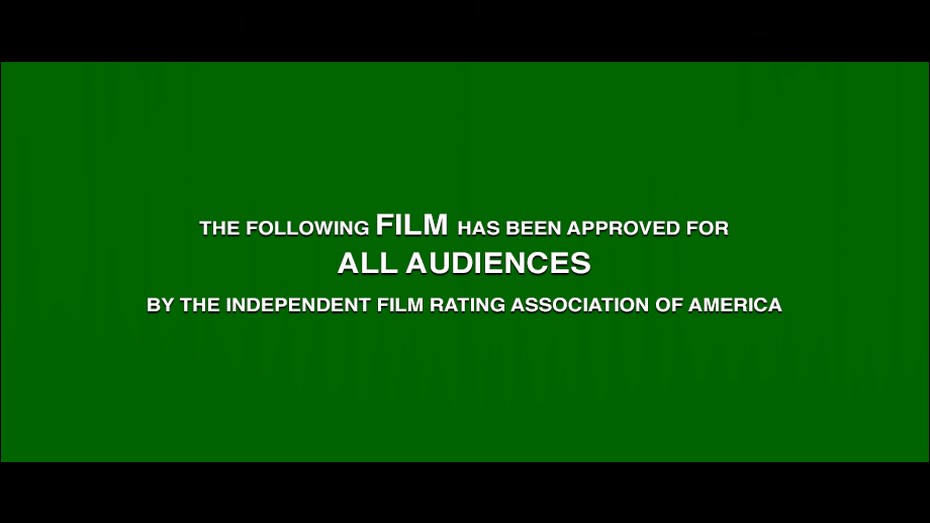O la matou tifaga ma faletusi vitio e faʻatoa mafai ona tafe pe download e tagata naʻo tagata
Faʻaauau ona matamata mo saoloto ➞E laʻititi ifo nai lo le 1 minute e saini ai i luga ona mafai ai lea ona e fiafia faʻatasi i ata tifaga & televise.

חור בלבנה (1964)
A comic and episodic satire, the film uses improvisation to illustrate the clash between fantasy and reality in real life. Although conceived in the style of Mekas’ “Hallelujah the hills” (1962), it’s an authentically Israeli satire, an openly rebellious and individualistic expression that poked fun at the sacred myths of earlier zionist films. The technique of film within the film is used to portray cinema as reflection of the imagination, a miracle based on dreams and fantasies that take on concrete characteristics – parallel to the miracle of Israel, the dream that has become reality. Although not a commercial success, its importance is beyond any measure, though it remains a unique experiment, boldly uncommercial and subversive, out of any context in that patriotic, ideological epoch.
Ituaiga: Comedy
Faʻafiafia: Arik Lahav-Leibovich, Shmulik Kraus, Israel Gurion, Uri Zohar, Arik Lavie, Shaike Ophir
Auvaa: Avraham Deshe (Producer), Mordecai Navon (Producer), Uri Zohar (Director), Amos Kenan (Writer), Amatsia Hiuni (Production Accountant), Amnon Salomon (Writer)
Subtitle:
![]()
![]()
![]()
![]()
![]()
![]()
![]() ETC.
ETC.
Faʻamalolo: Jan 01, 1964
Lauiloa: 0.903
Gagana: עִבְרִית
Potu potu:
Atunuʻu: Israel

